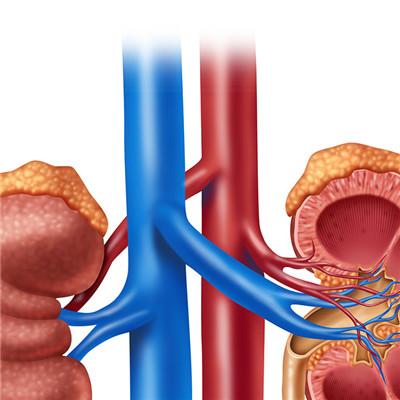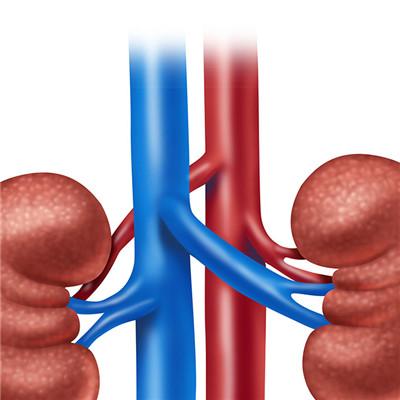Which department does kidney hamartoma see?
summary
The medical name of renal hamartoma is renal angiomyolipoma. As the name suggests, its main components are blood vessels, smooth muscle and fat; Hamartoma can occur not only in kidney, but also in brain, eye, heart, lung and bone; In recent years, with the development of medical imaging and people's attention to physical examination, the detection rate has gradually increased. Let me share with you the next renal hamartoma to see which department?.
Which department does kidney hamartoma see?
First: renal hamartoma: look at nephrology. Although the name of renal hamartoma has the word "tumor", the possibility of malignant transformation is very small. It is a kind of benign renal tumor and will not have metastasis. However, renal hamartoma, a benign tumor, may still bring serious harm. The most common danger is the rupture of the tumor and massive hemorrhage. Once this happens, The vast majority of patients may face the outcome of forced nephrectomy, even life-threatening in severe cases. Therefore, although the vast majority of renal hamartoma is benign, we should pay enough attention to it.

Second: the diagnosis of renal hamartoma is generally not difficult, it can be diagnosed by B-ultrasound, CT or MRI, but it needs to be differentiated from renal malignant tumor. Renal hamartoma contains a large amount of adipose tissue, and the acoustic impedance difference between adipose tissue and surrounding tissue is very large, so it shows strong echo in B-ultrasound examination; However, because renal cell carcinoma does not contain adipose tissue, B-ultrasound examination shows hypoechoic, but sometimes encounter atypical renal hamartoma, with few fat components, so it is difficult to differentiate it from renal cell carcinoma.

Third: the same principle, fat tissue in CT performance for low density, CT value is negative can be diagnosed as hamartoma, but less fat component of hamartoma in CT is also difficult to distinguish with renal cell carcinoma. In addition, MRI is also a good method for the diagnosis of hamartoma. However, for hamartoma with less fat in clinic, it is often necessary to combine B-ultrasound, CT and MRI to make a definite diagnosis.

matters needing attention
Renal hamartoma is benign and does not need extensive resection; And renal hamartoma may be bilateral lesions, but the growth of both sides is not synchronous. Therefore, nephron should be preserved as far as possible without affecting tumor resection, and partial nephrectomy should be adopted. At present, laparoscopic partial nephrectomy is the first choice because of its small trauma, fast wound healing, short hospital stay, less bleeding and beautiful incision.















